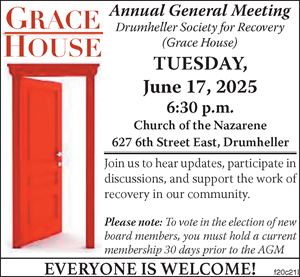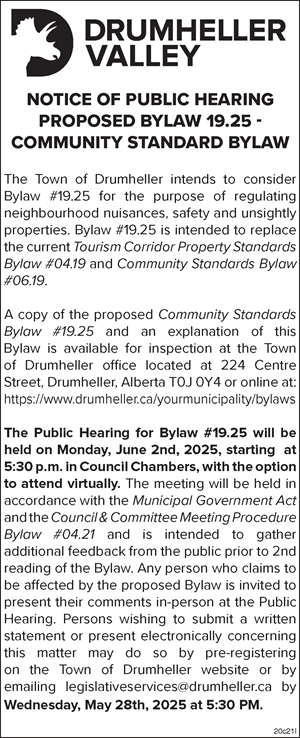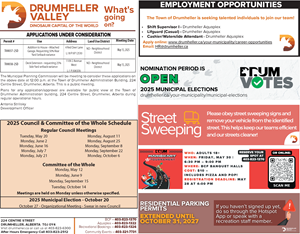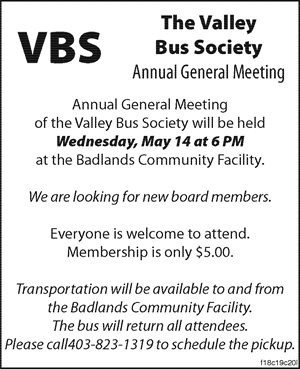Women join the valley
Cherko issued an apology in a 1928 edition of The Drumheller Mail, after a ‘Dollar Day’ event was so well attended that the 15 working staff could not handle the ladies lined up into the streets.
“The major factor in Drumheller being transformed from Hell’s Hole to the Wonder Town of the West was the influence of women,” says the Atlas Coal Mine’s executive director Linda Digby. “They were really responsible for community building.”
One of the earliest women’s clubs organized in the valley was the Women’s Institute, who first met in 1919. Although not in the history books, Digby says one of the very first women’s groups was a Communist Women’s group.
Drumheller was said to not be an appropriate place for women to come in the beginning. Some of the first women to arrive were the notorious ladies of the brothels who saw a business opportunity.
“Most of the miners who came over from the old country had a stated intention to bring over their wives and children after they made money and got things to happen, but in reality it took quite a few years for that to happen,” says Digby. “Certainly by 1925 we would’ve started to see the first families come over from the old country.”
Not all of the women came this way; some sought lives in farming but found it was a much harder climate to work with. There weren’t as many trees in the valley as there are now, and this turned many people off, as well.
“It was not a place a woman would choose to move on her own. We have a story of a woman who came to become a nurse after World War I, and the people on the train told her, ‘Drumheller is not a place for a young lady, hunny, don’t get off there.’ She was one of the few brave young ladies who would’ve moved on their own.”
Drumheller lacked the culture, home, and a safe place for children that women needed then.
“This landscape was just too strange and too barren for them. Those first impressions weren’t good, it wasn’t a place attractive to women in the earlier years.”
While the men worked in the mines the women spent time bettering the town, bringing in things important to the entire town.
“It would’ve been madness, the men going 100 per cent to get things started. They wouldn’t have had time or energy for things that make the community a better place to live,” says Digby.





















